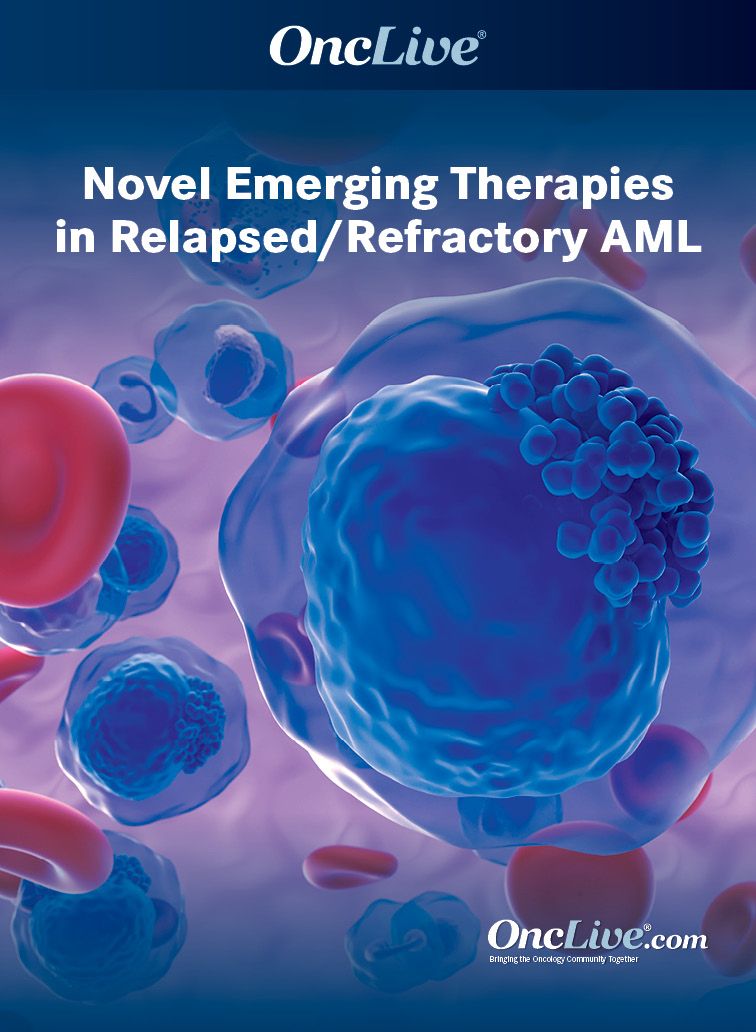Commentary
Video
Dr Daver on the Targeted Therapy Development Pipeline in AML
Author(s):
Naval G. Daver, MD, discusses the future of targeted therapy development for patients with acute myeloid leukemia.
Naval G. Daver, MD, professor, director, Division of Leukemia Research Alliance Program, Department of Leukemia, Division of Cancer Medicine, The University of Texas MD Anderson Cancer Center, discusses the future of targeted therapy development for patients with acute myeloid leukemia (AML).
FLT3 inhibitors are a primary focus within the realm of targeted therapies for patients with AML, Daver says. Several FLT3 inhibitors, including midostaurin (Rydapt) and quizartinib (Vanflyta) in the frontline setting, as well as gilteritinib (Xospata) in the salvage setting, have received FDA approval for the treatment of patients with FLT3-mutated AML. Additionally, combinations of FLT3 inhibitors with agents such as venetoclax (Venclexta) and chemotherapy have yielded higher response rates and enhanced response durability compared with monotherapy regimens, facilitating increased transplantation rates, Daver explains. FLT3 mutations represent a targetable pathway in AML because they are present in approximately 30% to 35% of patients with this disease, Daver notes.
IDH1 and IDH2 mutations have also emerged as targets of interest in AML, Daver emphasizes. FDA-approved IDH inhibitors, including olutasidenib (Rezlidhia) and ivosidenib (Tibsovo) for IDH1-mutated disease and enasidenib (Idhifa) for IDH2-mutated disease, have generated response rates ranging from 30% to 40% in patients with relapsed/refractory AML, according to Daver. Notably, combining IDH inhibitors with venetoclax with or without azacitidine (Vidaza) may double complete response rates and improve the depth of minimal residual disease response compared with monotherapy, Daver says.
Menin inhibitors targeting KMT2A and NPM1 rearrangements are also under development, Daver notes. Despite relative differences in pharmacokinetics and safety profiles, these investigational agents exhibit clinical activity in subsets of patients with AML, Daver explains.
Future research efforts will be directed towards developing targeted therapies against the RAS/MAPK pathway, which is recognized as a major mechanism of resistance to standard AML therapies, according to Daver. Additionally, addressing the challenging-to-treat subset of patients with TP53 mutations remains a priority, and forthcoming TP53-targeted agents are highly anticipated, Daver says. In the coming years, the use of targeted therapies may expand to several AML subsets, improving patient outcomes, Daver concludes.










